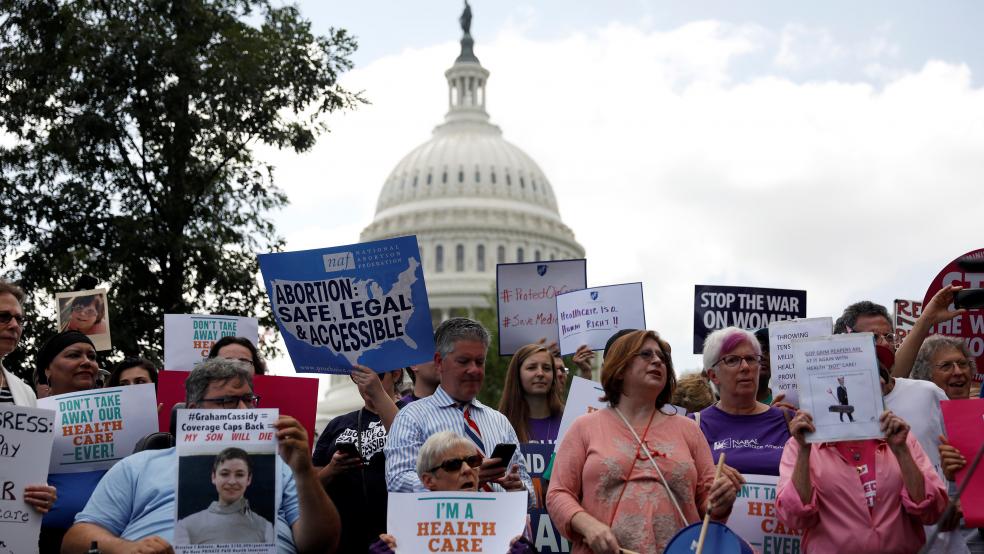CHICAGO (Reuters) - The opinions expressed here are those of the author, a columnist for Reuters.
A letter arrives in the mail with this opening line: “We are writing to let you know how you can get help paying your Medicare costs.” Your fraud detector probably goes on high alert - the mailboxes of retirees routinely are stuffed with bogus come-ons.But this letter is no scam. More than 2 million seniors are receiving letters this month from the Social Security Administration (SSA) telling them that they could be eligible for Extra Help, a program that often covers up to 75 percent of prescription drug costs. Others may be eligible for a partial subsidy on drugs, or for a Medicare Savings Program in their states, which help pay Medicare Part B costs.The letters are sent annually to seniors who do not already obtain the assistance through Medicaid or the Supplemental Security Income benefit program. A new twist this year: the SSA is sharing with community-based groups information on the number of letters the agency mailed to each ZIP code to help bolster the level of outreach.“Seniors do get a lot of mail, so they need to be careful,” said Melissa Simpson, senior program manager at the National Council on Aging (NCOA), which operates a network of benefit enrollment centers around the country. “And this year, the data from Social Security will help us reach out to seniors who should be enrolled.”About 30 percent (11 million) of all Medicare Part D enrollees are in the Extra Help program, according to the Kaiser Family Foundation. But another 1.2 million low-income Medicare beneficiaries were enrolled in higher-cost Part D prescription drug plans last year, paying an average premium of $18.90 per month. DONUT HOLEExtra Help enrollees are responsible only for a small co-pay for drugs that are covered under their plans - the cost is $2.95 for generic drugs and $7.40 for brand-name medications. Extra Help also covers costs if you enter the “donut hole” - the coverage gap that requires most beneficiaries to pay out of pocket after reaching a cap. In 2016, the gap starts when a beneficiary and her insurance company have spent a combined $3,310, and coverage resumes when total spending reaches $4,850.If you receive the letter, that does not mean you automatically qualify. Two factors determine your eligibility for Extra Help: income and assets.The full benefit relief is available to enrollees with annual income less than $16,278 (single) or $21,867 (married couple). The income ceilings are somewhat higher if you have dependents living with you or if you live in Alaska or Hawaii. Key income sources that are counted for this purpose include wages, Social Security benefits, pensions, annuities, alimony, rental income and workers' compensation.The asset limit is $8,780 (single) or $13,930 (married couple). The asset definition includes funds in checking or savings accounts, stocks, bonds, mutual funds and Individual Retirement Accounts. Your home, car, life insurance policies and other miscellaneous items are not counted.Partial help is available to enrollees with somewhat higher income and assets (http://bit.ly/20w3IP8).MEANINGFUL RELIEFDetermine your eligibility by calling the SSA’s toll-free line (800-772-1213) or apply online (http://1.usa.gov/24640gv). Another key resource for assistance is your local State Health Insurance Assistance Program (SHIP) - these are federally funded nonprofits that provide free one-on-one Medicare counseling and assistance (Find your local SHIP here: http://bit.ly/1OU0sfN).If you are eligible, you can enroll immediately in a Part D plan that participates in the Extra Help program through a Special Enrollment period, rather than wait until the annual fall Medicare plan enrollment window.For seniors struggling to get by on very limited fixed incomes, programs like this can provide very meaningful relief - and it is frustrating that the assistance is not getting to everyone who qualifies. But Extra Help is just the tip of the iceberg. A recent analysis from NCOA and the National Association of Area Agencies on Aging found that more than 4 million low-income seniors could increase their annual budget by up to 29 percent by taking advantage of benefit programs that help with everything from healthcare to food, utility payments and property tax relief. (Editing by Matthew Lewis)Not junk mail: Social Security letter can cut Medicare costs

Joshua Roberts



